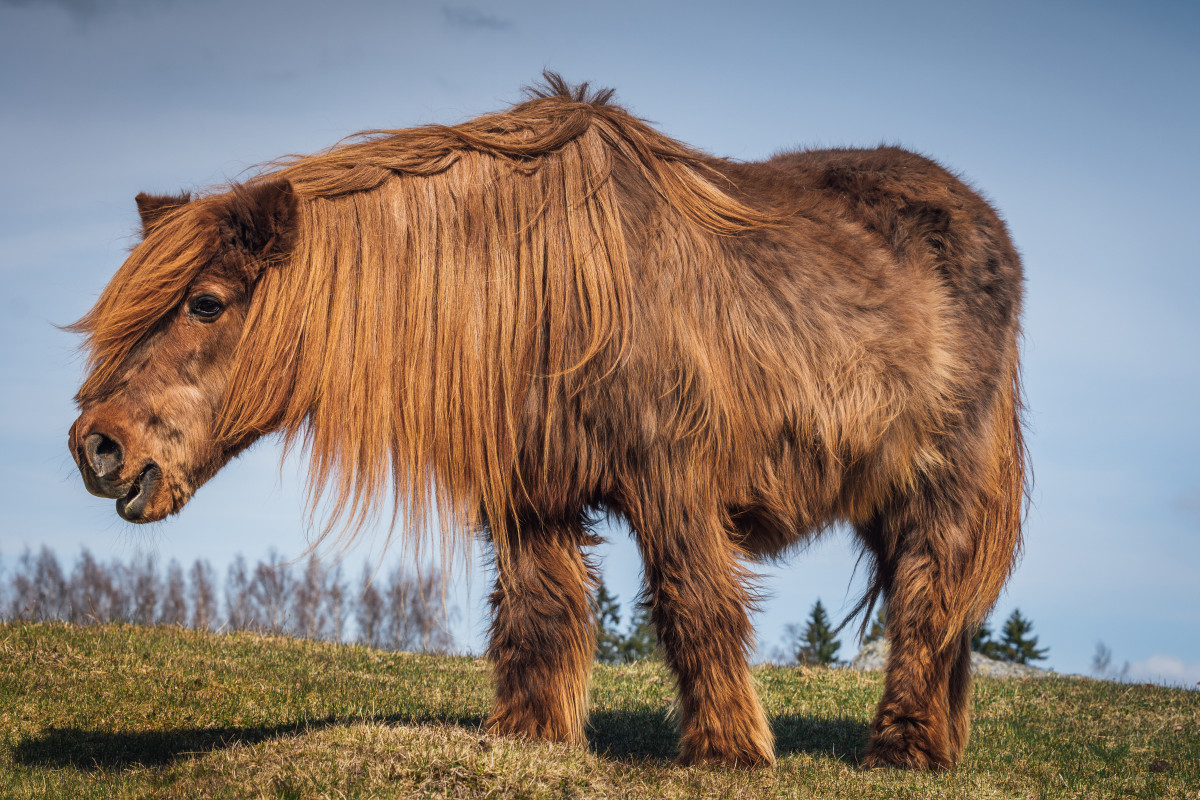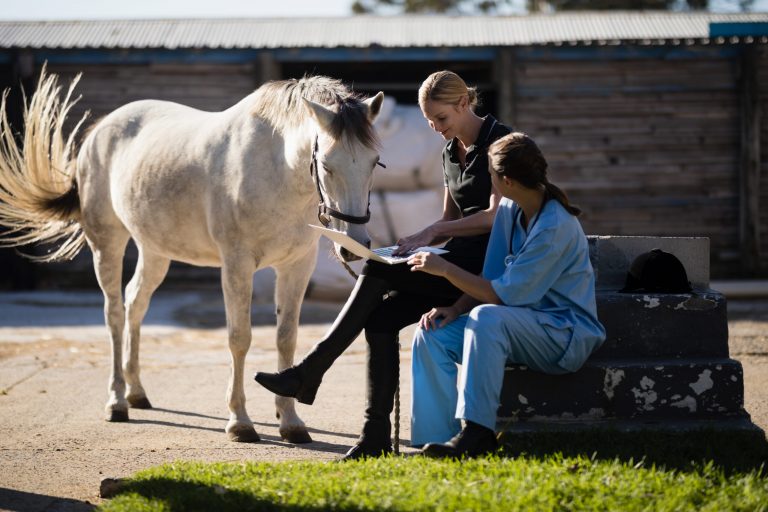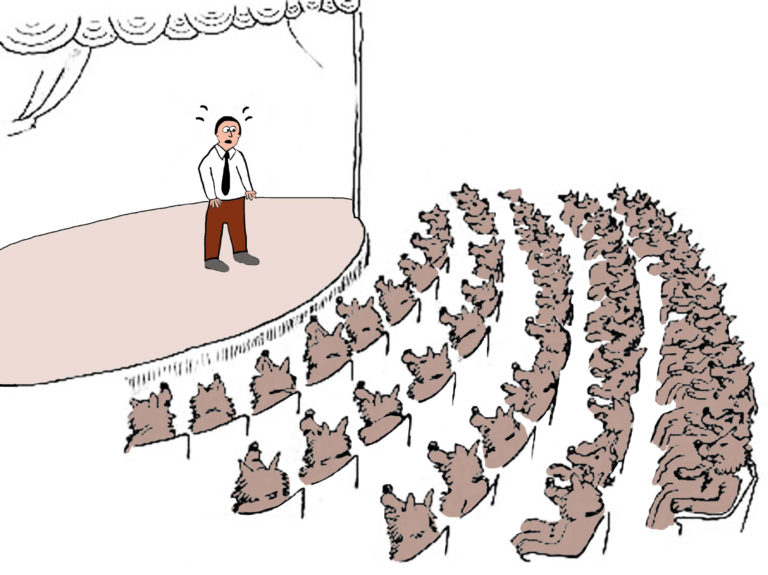
The European College of Equine Internal Medicine (ECEIM) has released a consensus statement on equine metabolic syndrome (EMS) that is available free from the Wiley online library. The article was published through the Journal of Veterinary Internal Medicine, which Wiley manages on behalf of the American College of Veterinary Internal Medicine (ACVIM).
“Consensus Statements of the European College of Equine Internal Medicine (ECEIM) provide the veterinary community with up-to-date information on the pathophysiology, diagnosis, and treatment of clinically important animal diseases. The ECEIM Board oversees selection of relevant topics, identification of panel members for each topic with the expertise to draft the statements, and other aspects of assuring the integrity of the process. The statements are derived from evidence-based medicine whenever possible and the panel offers interpretive comments when such evidence is inadequate or contradictory. A draft is prepared by the panel, followed by solicitation of input by the ECEIM membership, which may be incorporated into the statement. It is then submitted to the Journal of Veterinary Internal Medicine, where it is edited prior to publication. The authors are solely responsible for the content of the statements.”
Authors of the consensus statement are: Andy E. Durham, Liphook Equine Hospital, Liphook, United Kingdom; Nicholas Frank, Department of Clinical Sciences, Cummings School of Veterinary Medicine at Tufts University, North Grafton, Massachusetts; Cathy M. McGowan, Institute of Veterinary Science, University of Liverpool, Neston, United Kingdom; Nicola J. Menzies-Gow, Department of clinical sciences and services, Royal Veterinary College, Herts, United Kingdom; Ellen Roelfsema, Department of Equine Sciences, Utrecht University, Utrecht, The Netherlands; Ingrid Vervuert, Faculty of Veterinary Medicine, University of Leipzig, Institute of Animal Nutrition, Nutrition Diseases and Dietetics, Leipzig, Germany; Karsten Feige, Clinic for Horses, University of Veterinary Medicine Hannover, Germany; and Kerstin Fey, Equine Clinic, Internal Medicine, Faculty of Veterinary Medicine, Justus-Liebig-University of Giessen, Giessen, Germany.
You can access this consensus paper free from the Wiley online library.








